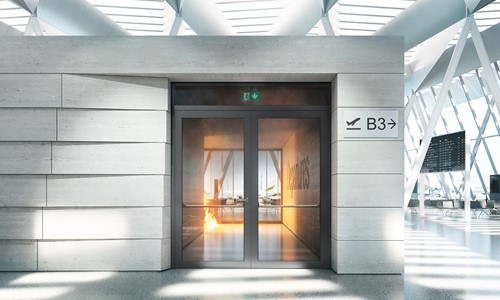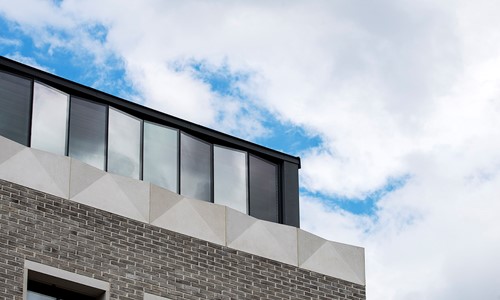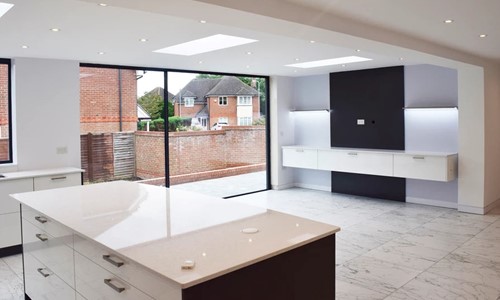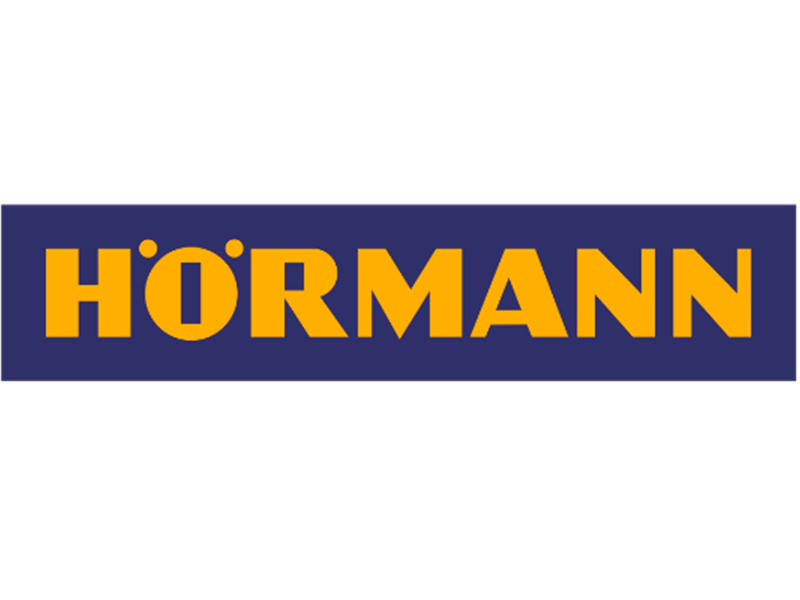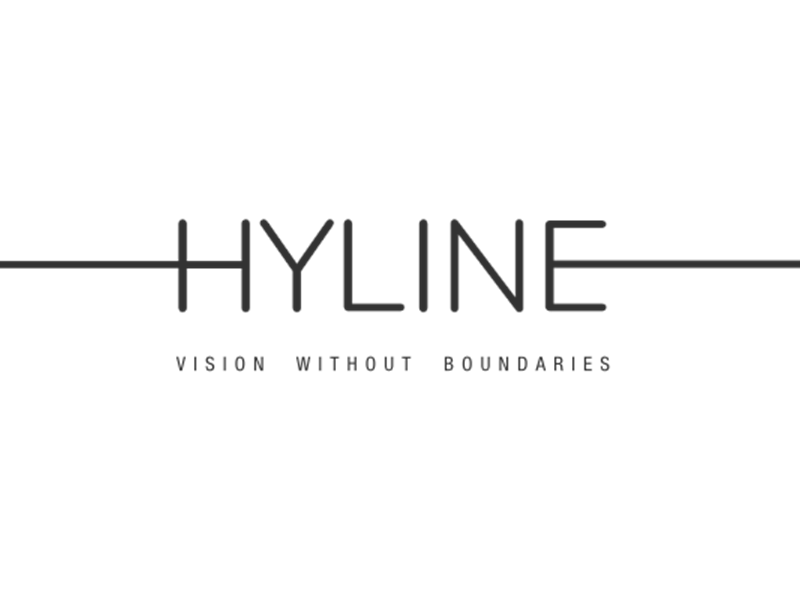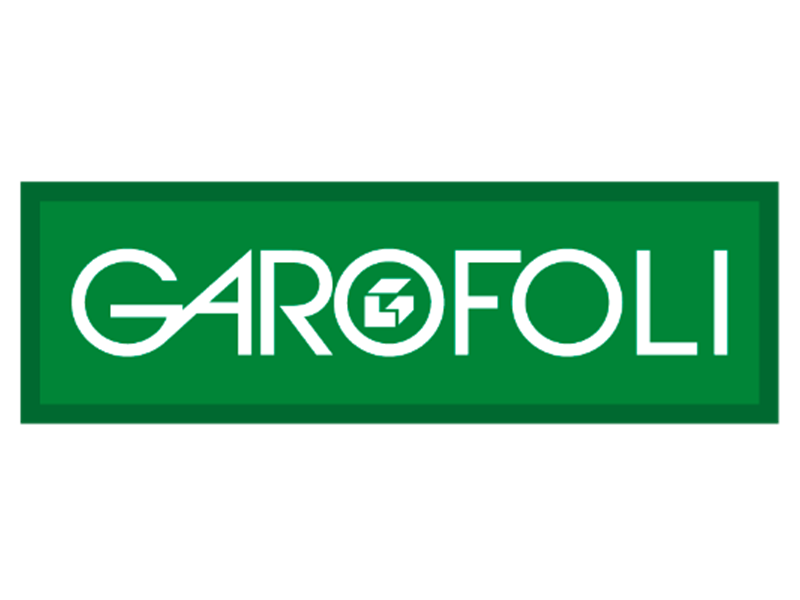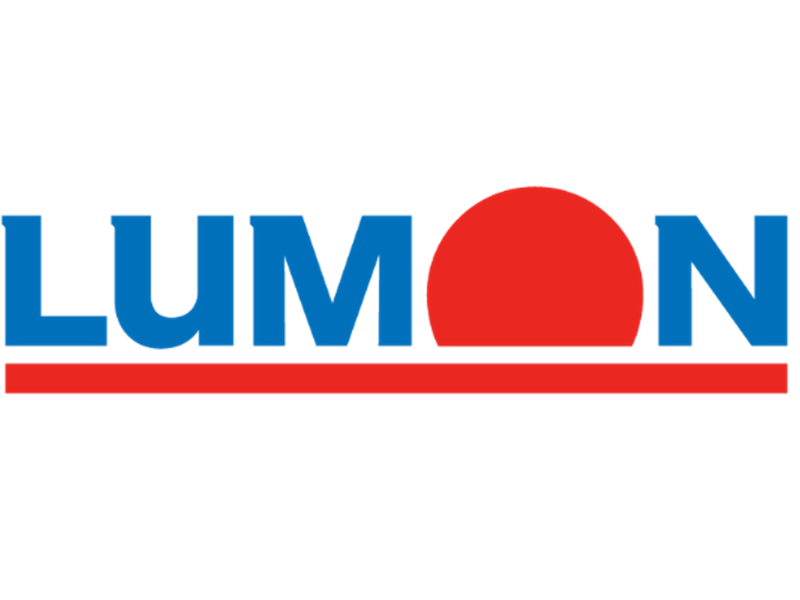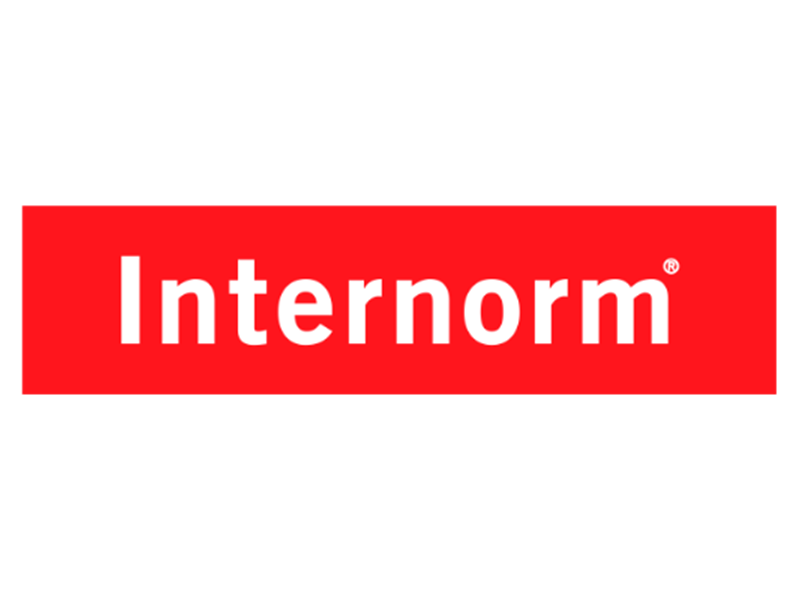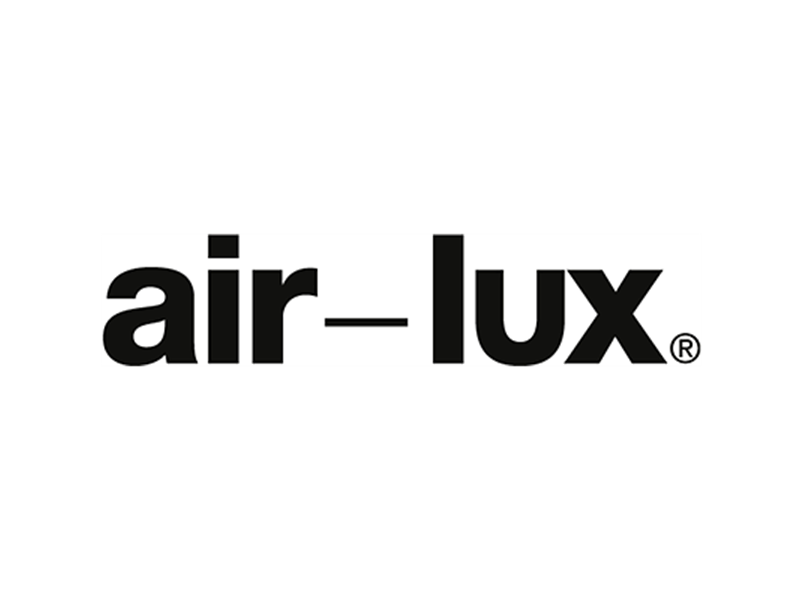Find out more about our products
A Beginners Guide to Structural Glass Extensions
Property, Doors, Windows, Property, doors, windows, structural, planning, guide
Considering a structural glass extension for your home, but still have questions? This guide covers everything you need to know about glass extensions for houses.
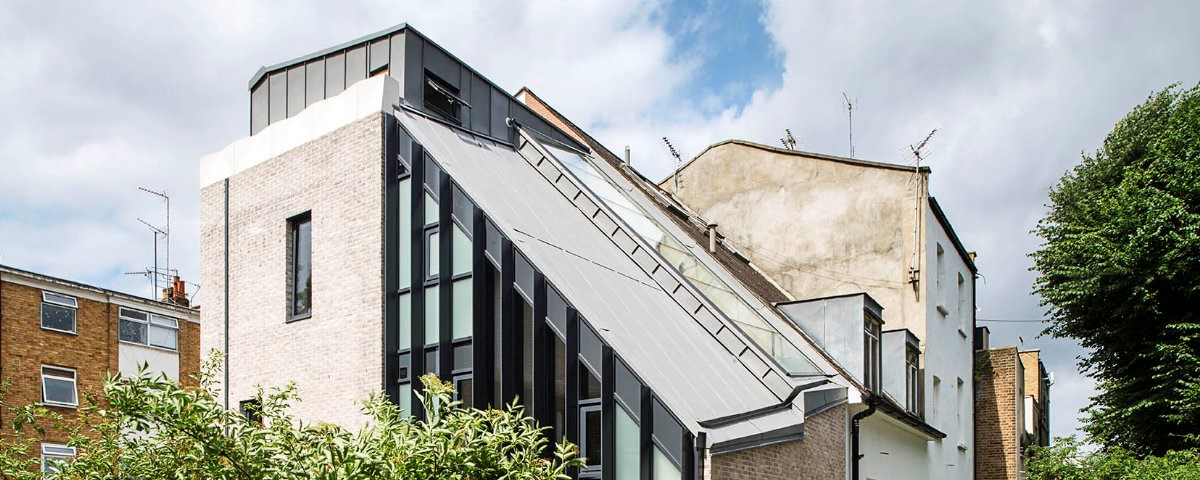
A Beginners Guide to Structural Glass Extensions
There is nothing so aesthetically pleasing as large expanses of glass. Not only does it look impressive, but it also has many other benefits, which is why more and more people are choosing structural glass extensions over traditional materials. However, as structural glass extensions are relatively new in comparison with traditional conservatories, their uses and benefits are not so clearly understood.
To help you appreciate just how beautiful and versatile glass extensions can be, read on!
What is Structural Glazing?
In the simplest terms, structural glazing is glass that is part of the ‘structure’ of the building, with the ability to bear a load. Glass is bonded to the structure’s frame using a specialist sealant that forms a high strength seal, and transfers wind loads from the glazing to the frame support of the structure.
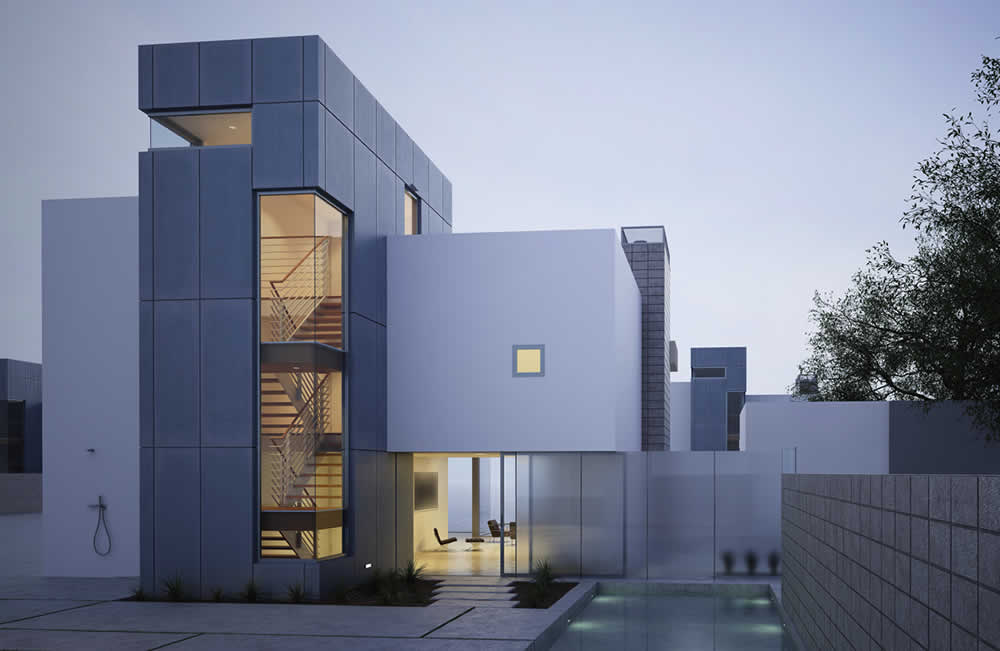
High-quality stainless-steel fittings can also be used to connect directly to the main structure, adding strength and versatility. This arrangement allows a variety of different designs to be created from structural glass, including two, three or four-sided structures.
The size and shape of the structural glass will depend on it’s environment, location and use, as this will affect what load it can bear. Examples of structural glass in the wild range from walk on glass roof lights in basement conversions, exterior and interior walls, room dividers, all glass roofs and balustrades… and of course the ever-popular glass box extensions.
What are the Benefits of a Structural Glass Extension?
As already mentioned, structural glass extensions are beautifully pleasing. However, they are not just a pretty face. Further benefits of structural glass include:
- Greater flexibility and scope for your architect and designers
- Allow much more natural light into your property
- Minimal slimline frame – no brick walls needed!
- Provides unobstructed views
- Increases usable space inside the property
- Low maintenance costs
- Add value to the property
- No restrictions on maximum sizes of frames
- Increased energy efficiency of the building
- Warm in winter, cool in summer.
Glass extensions add an extra dimension to your property and provide a unique focal point. Not only are they eye-catching from the outside but they can also offer a truly spectacular vista internally.
How Thick Can Structural Glass Walls be?
As a rough guide, thicknesses can range from 6mm to 24mm. Under compression, 1cm cube of a typical structural glass can withstand up to 10 tone loads before breaking.
However, the thickness is determined by the role required of the glass. If high wind loads are needed the thickness will be greater. Although glass is elastic in nature, (meaning it will bend in reaction to load bearing), it is also brittle and therefore can shatter if not manufactured to the correct specification. Choosing the correct thickness for the role of the glass is therefore very important.
Not only do glass walls need to bear weight, but they also have to withstand wind loads. To calculate the pressure the glass will be subjected to, the architect will follow BS EN 1991-1-4:2005+A1:2010 (which outlines wind actions on buildings), during the planning phase. This will then determine the thickness of the glass.
What is a Structural Glass Curtain Wall?
Traditionally, a glass curtain wall is a non-load bearing wall made from a frame of aluminum, plastic or steel surrounding the glass. This wall hangs from the structure of the building, hence the name ‘curtain’. They are occasionally used in residential properties, but they are more often seen in commercial/retail properties and tall city buildings, like in these examples.
Just like a material curtain acts as a layer between windows and the interior; A glass curtain separates the exterior from the interior. It supports its own weight and, if required, can include a reinforced frame so a load can be levied on it. This load is then transferred back to the main structure. However, the most common use-case for glass curtains is to be attached to a lightweight aluminum frame.
How Energy Efficient is Structural Glass?
With no frame required, the glass used in structural glazing extensions can be extremely energy efficient. Our structural glazing can be manufactured using double glazing, triple glazing or even quad glazing units.
With an ever increasing focus being placed on environmental efficiency in building projects nowadays, our triple and quad glazing options are becoming increasingly popular as they provides extra insulation resulting in an energy efficient product.
According to building regulations, certain U values must be achieved in walls, roofs, floors and windows to ensure the building or extension is meeting modern energy efficiency standards. However, as structural glass does not have a frame (traditionally the weak-link with heat/cold transfer), this does not have to be taken into consideration when calculating the overall U value of the glass structure, lowering the U value considerably - increasing the overall energy efficiency of the building.
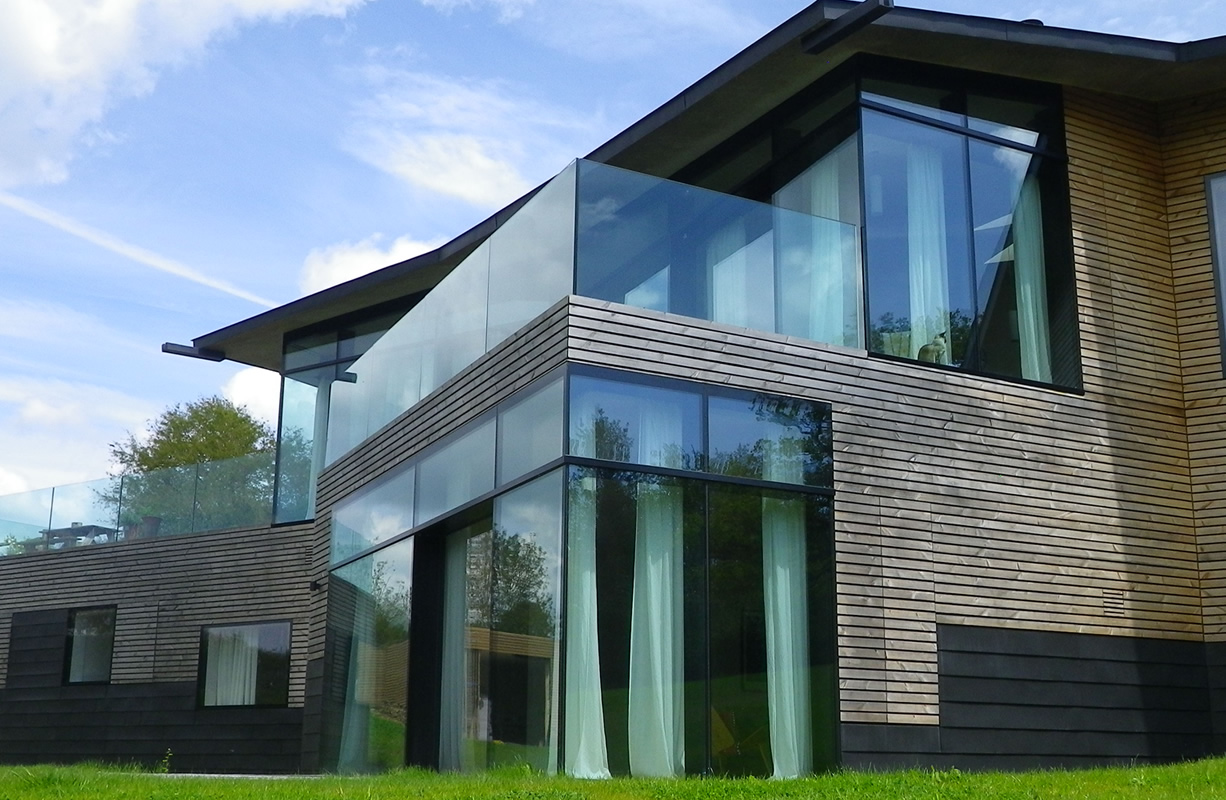
How Much Does a Structural Glass Extension Cost?
The cost of a glass box extension depends on a variety of factors. These include:
- The total size of the extension
- Design intricacies
- Suppliers and contractors’ costs
- Strength and load bearing values of the structural glass
The thickness of the glass - The wind load resistance required
- Solar control layers and specialist finishes
Although it is difficult to provide a definitive cost on a glass extension without knowing the details of the project, sources provide a couple of examples of costs of structural glass. These start at £700/m for structural glass balustrades, and £1200/m2 for an all-glass roof light. Homeadviceguide suggests a glass extension could cost between £10,000 and £25,000. Housebeautiful.com lists different structural glass projects of between £2500 and £20,000, and large extensive projects could cost up to £80,000. However, the value these projects add to the property is usually far more than the cost to build them – not to mention the added value you will get our of an all-year-round space. So treat a structural glass extension as an investment that will appreciate over time.
What is Toughened Structural Glass?
Structural glass is generally toughened by heat-treating it. This causes a chemical change in the glass, which strengthens it, and makes it shatter-proof. Structural glass can also be laminated, which involves sandwiching sheets of glass together. A thin film is placed in between the layers, which holds the layers together should it crack (similar to the safety glass in your car windscreen).
Is Structural Glass Stronger Than Brick?
Structural glass is measured for it's load bearing capacity and is created to meet the individual load-bearing needs of each project. Bricks and brick walls are also designed to meet specific loads, but they will require lintels to be fitted for extra support over openings.
Which structure is the strongest will depend on the individual design and purpose. However, the key message here is that structural glass is strong enough to be used in place of traditional bricks walls.
Will a Structural Glass Extension Suit my Home or Office?
Glass extensions are so versatile they can be used in a variety of projects. Create porches, entrance halls, conservatories, sunrooms, open windows, or use them to connect two buildings.
Although they have a modern feel, the simplicity of glass extensions means they suit any type of property, from contemporary to period – residential and commercial. Your architect will design the extension in keeping with your space, maximizing the assets while being sympathetic with the surroundings.
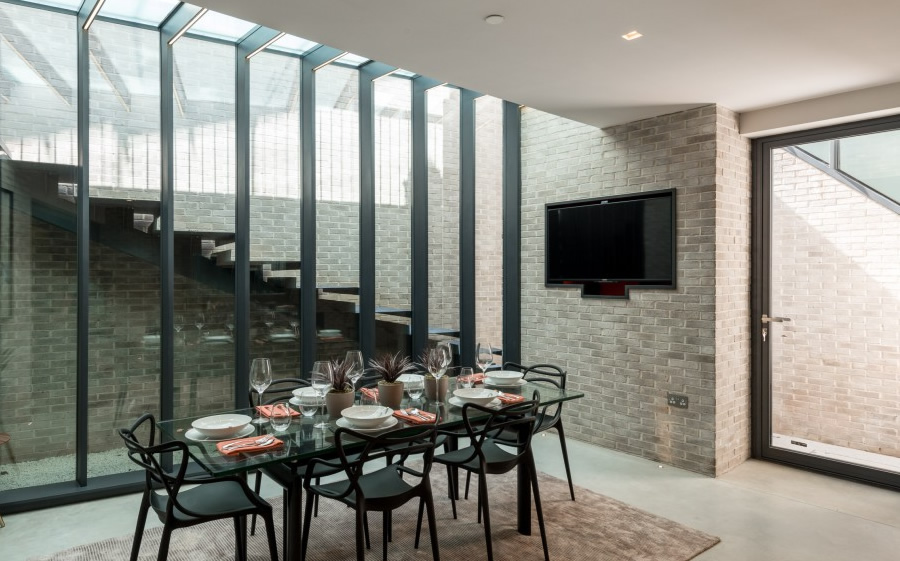
Within a commercial environment, a glass extension can be used to enlarge the building and create more space. Projects could include creating an impressive and airy entrance, building a break out space for staff, or a reception area for visitors. They are also perfect for display areas, meeting rooms or for simply increasing your office space.
Glass extension projects are only limited by your imagination.
What Types of Doors Can I Use with a Structural Glass Extension?
There is a wide range of access openings that are compatible with structural glass. Structural glazing doors are an obvious choice, as they are strong and blend in with the rest of the design. They also share the same energy-efficient features and benefits of the main wall. They can also be higher than the average door, making them ideal for commercial builds.
Slim framed sliding doors also work well with this type of structure, as the frames are lightweight and barely disrupt the sleek appearance of the wall. Bi-fold or multi-fold doors can also be used, the latter adding an extra dimension of space when fully opened. If you want something more unique, consider a bespoke design, or flush glazed hinge doors.
What Are Solar Control Coatings for Glass?
A structural glass extension results in a far greater surface area of the building being constructed of glass, which is subject to solar overheating and shading. To protect the glass, it should be treated with a solar control coating. The coating works by reflecting the heat from the glass elevation, while still providing a transparent aspect. The coating strength will determine how much heat is reflected, and how much colouration there is on the glass. This solar coating also helps prevent heat from escaping outwards as well.
The ‘G Factor’ on solar control glass measures how much heat permeates into the building through the glass. The solar gain refers to how much infra-red radiation becomes trapped within the glass unit and causing overheating. So, the G Factor relates to how much of the total radiation comes through the glass. By using solar control coating, you can alter the G Factor of the glass, and thus help to keep an ambient internal temperature all year round.
A Final Word on Structural Glass Extensions
Although greenhouses, conservatories and orangeries have been around for many years, the versatility and benefits of glass extensions has resulted in an explosion in the popularity of structural glass extensions.
If you are looking for an extension with a difference, consider a glass extension and welcome light and beauty into your home.
We’d love to discuss your structural glass extension requirement and give you a few options. Please feel free to give us a call, drop us an email or pop in to our showroom in Surbiton, Surrey for a chat.
Other Related News Articles...
Find out more about our products
